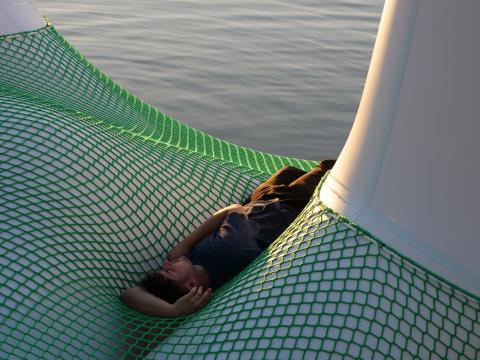
We create courses to help designers to ethically transition from isolated and conventional practices into dynamic and sustainable ones, reducing their environmental impact and achieving their social and economical goals on target. We bring Symbiotic Design to all disadvantaged corners and with greater urgency for intervention.








